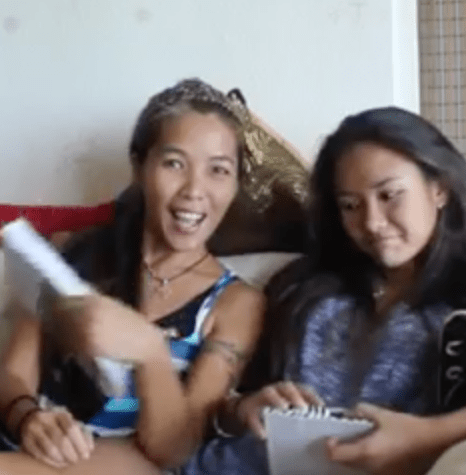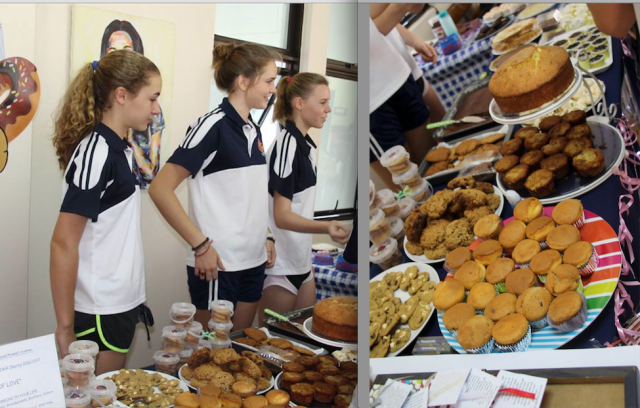I have little faith in any education system where fertile young brains are forced to drill, rote-learn and cram until they become bogged down, disenchanted and can’t see the trees for the woods. I could never fathom how this soul-destroying process could lead to independent thinking, analysing, introspecting, debating, challenging and ultimately, coming up with original new concepts. Yet schools talk glibly about creating ‘lifelong learners’.
I am a lifelong learner, but then, I wasn’t schooled in the conventional way. I did badly in exams, but I love learning. I am always excited – still, at 49 – whenever I find relationships connecting two seemingly discrete spheres, because after all, isn’t that what the holy grail of mathematics and physical sciences is, to find that one, grand, magical but elusive theory that explains EVERYTHING?
For relationships and connections – and hence, thinking – to happen, we have to build the discrete spheres up first. Thus, I am a strong proponent of good, solid, foundational knowledge in all subjects. There are no shortcuts, though arguably, Einstein took one of sorts.
The physicist Richard Feynmann, my hero, was a great believer in really, really knowing your subject rather than the superficial knowledge that might sound impressive or get good marks in exams.
And this is how I teach my children to think:
Always the human factor
I get annoyed when parents expect teachers to do everything. Typically, your child would have no more than 5 hours of his or her teacher’s time for a subject in school, whereas you have journeys in the car, at the dining table, at the supermarket checkout queue, etc, which add up to quite a lot of hours, to help your child formulate and solidify new concepts.
It gets more complicated (and fun, too) as your child grows older. Yesterday, on the car journey to church, we discussed how the Spanish Civil War influenced Hemingway’s writing. Yes, I am a great believer that learning should be an enjoyable, family pastime. It’s fun!
Explain complicated things simply
I wrote two books on theoretical physics. “Tell it to me simply, Mum!” Georgina said in exasperation each time I resorted to the comforting world of jargons. She forced me to explain these complicated concepts to her clearly, so that we both understood them, in plain and simple English.
Now, I am confident that I can explain Einstein’s Relativity – minus the equations, of course – to six-year-olds.
I wrote a suggestion for teaching Einstein’s Relativity to seventeen and eighteen-year-olds for the Times Education Supplement (link at the foot of this article).

Fill in the gaps
As you take a concept from A to Z, you will find that there are pieces missing in your knowledge. Find those missing pieces, so that you are able to take a concept from start to finish, with no shortcuts or gaps in the middle. Learning becomes exciting when you know the whole story.
Write/tell your own story
Encourage your child or students to teach the concept back to you, be it by giving you a mini-lecture or writing it in his or her own words. When you own the knowledge, it becomes part of you. It stops becoming a stranger, an insurmountable mountain or an ogre. We never stop talking.
That’s when learning takes off and becomes a lifelong pleasure.

The article on teaching physics can be found at the Times Education Supplement: https://www.tes.com/news/blog/ib-physics-be-inspired-teach-relativity
Jacqueline Koay’s book for Young Adults, is An Evening In Wonderland – A Brief Story of Maths, Physics & The Universe www.CatchingInfinity.com











